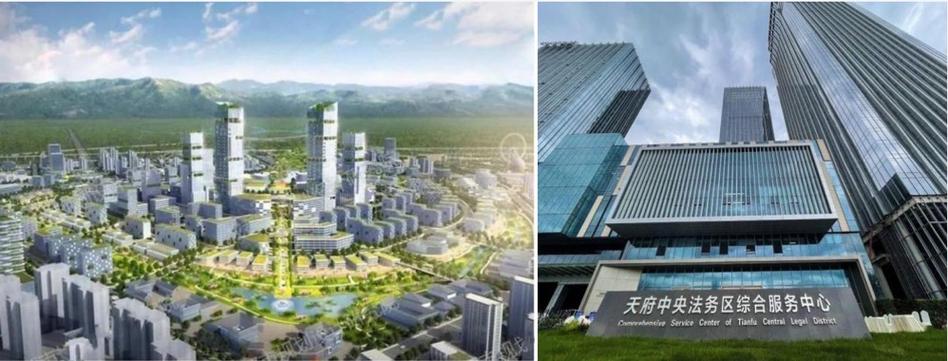Exploring HighTech Products: Understanding and Navigating the English Terminology
In today's fastpaced world, hightech products play an indispensable role in our daily lives. From smartphones and smartwatches to cuttingedge medical devices and sophisticated machinery, the realm of high technology encompasses a vast array of products. Understanding the English terminology associated with these products is crucial for effective communication and navigation within this dynamic industry. Let's delve into some key terms and concepts:
1. Hardware:
Hardware Components:
Refers to the physical parts of a hightech product, such as processors, memory modules, sensors, and circuit boards.
Peripherals:
Devices that connect to a computer or other hightech product, enhancing its functionality. Examples include keyboards, mice, printers, and external storage drives. 2. Software:
Operating System (OS):
System software that manages computer hardware and provides common services for computer programs. Examples include Windows, macOS, and Linux.
Applications (Apps):
Software programs designed to perform specific tasks or functions, such as word processing, gaming, or photo editing.
Firmware:
Software that is embedded into hardware devices, providing lowlevel control for the device's specific functionality. 3. Networking:

Internet of Things (IoT):
The network of physical devices embedded with sensors, software, and other technologies for the purpose of connecting and exchanging data with other devices and systems over the Internet.
Wireless Communication:
Communication between devices without the use of physical wires or cables, utilizing technologies such as WiFi, Bluetooth, and NFC (Near Field Communication). 4. Emerging Technologies:
Artificial Intelligence (AI):
The simulation of human intelligence processes by machines, including learning, reasoning, and selfcorrection.
Virtual Reality (VR) and Augmented Reality (AR):
Technologies that create immersive, computergenerated environments (VR) or overlay digital information onto the real world (AR).
Blockchain:
A decentralized, distributed ledger technology that records transactions across multiple computers in a way that is secure, transparent, and tamperresistant. 5. Security:
Encryption:
The process of encoding data to make it unreadable without the proper decryption key, thus protecting it from unauthorized access.
Cybersecurity:
Measures taken to protect computer systems, networks, and data from cyber attacks, unauthorized access, and data breaches. 6. Manufacturing and Production:
3D Printing:
Additive manufacturing technology that creates threedimensional objects by layering materials based on digital models.
Robotics:
The design, construction, operation, and use of robots to perform tasks in manufacturing, automation, and other fields. 7. Healthcare Technology:
Medical Devices:
Instruments, apparatuses, machines, or implants used in the diagnosis, treatment, monitoring, or prevention of diseases and medical conditions.
Telemedicine:
The remote diagnosis and treatment of patients using telecommunications technology, often involving video conferencing and digital health platforms. 8. Renewable Energy:
Solar Photovoltaics (PV):
Technology that converts sunlight directly into electricity using solar cells.
Wind Turbines:
Devices that convert the kinetic energy of wind into mechanical power, which can be used for electricity generation. 9. Environmental Technology:
Green Technology:
Products and processes that are designed to minimize environmental impact, reduce resource consumption, and promote sustainability.
Waste Management Systems:
Systems and technologies for the collection, transportation, processing, recycling, and disposal of waste materials. 10. Consumer Electronics:
Smartphones and Tablets:
Mobile devices with advanced computing capabilities, touchscreen interfaces, and connectivity features.
Wearable Technology:
Electronic devices that can be worn as accessories, such as smartwatches, fitness trackers, and augmented reality glasses.As technology continues to advance and evolve, staying abreast of the latest terminology and trends is essential for professionals and enthusiasts alike. Whether you're a developer, engineer, marketer, or consumer, a solid grasp of hightech product terminology in English will empower you to navigate this exciting and everchanging landscape with confidence and clarity.










评论